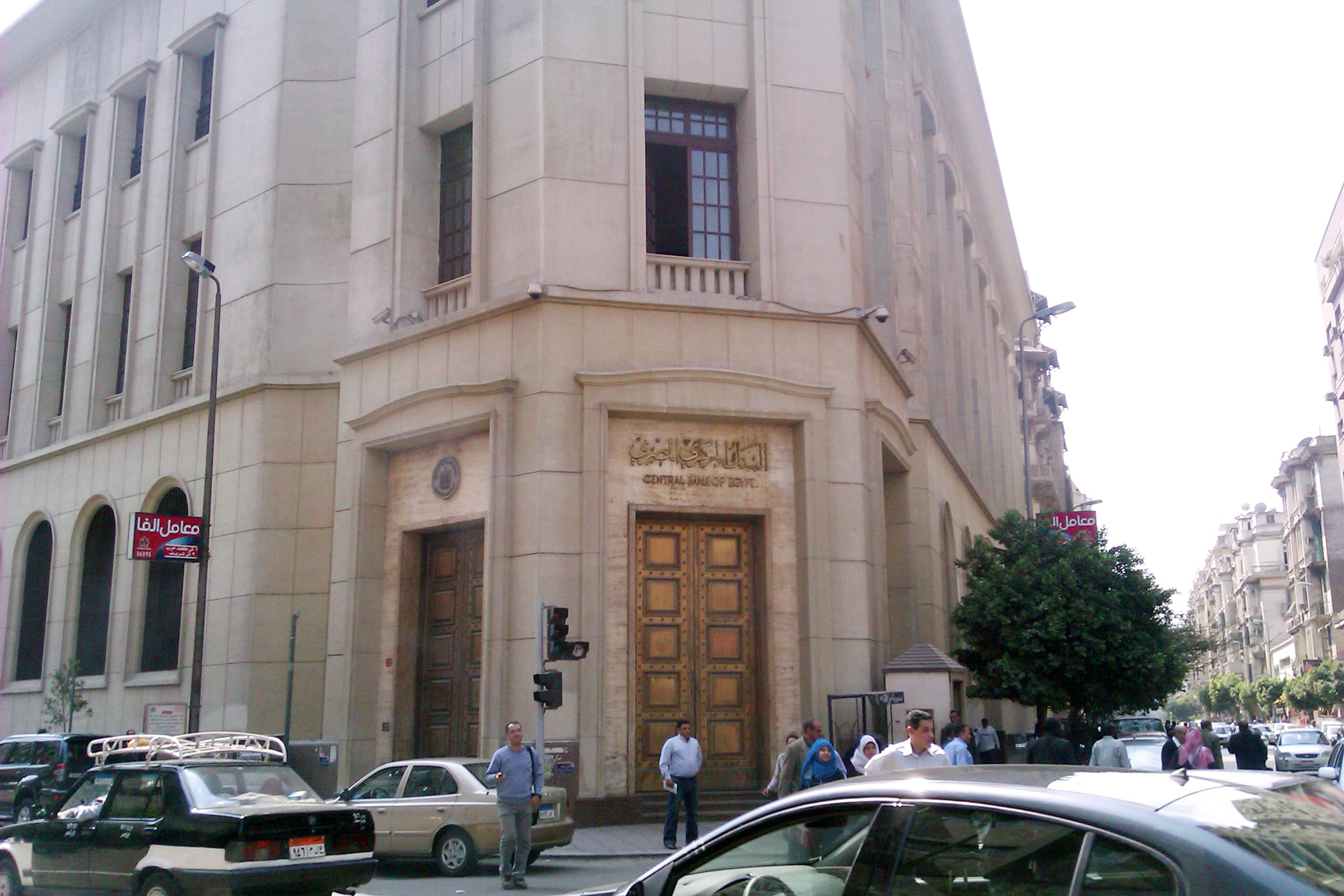The market is preparing for the reopening of banks on Sunday, following their weekly holiday, to gauge the implications of the Central Bank of Egypt’s (CBE) decision last Thursday to cut key interest rates by 1 percent on savings products, loan pricing, and government debt yields.
The Monetary Policy Committee (MPC) reduced the overnight deposit rate to 21 percent, the overnight lending rate to 22 percent, and the rate of the main operation, as well as the credit and discount rates, to 21.5 percent.
These policy rates represent the main benchmark for the short-term direction of the pound’s interest rates, influencing both the cost of borrowing and the returns on various saving instruments.
In an immediate reaction to the move, yields on floating-rate savings certificates and a number of loan products linked to the CBE’s corridor rates automatically fell by one percentage point.
Currently, the Egyptian banking market offers a wide array of floating-rate savings certificates, most notably the National Bank of Egypt’s “Platinum” certificate and Banque Misr’s “Qimma” certificate, in addition to several floating-rate loan schemes tied directly to the central bank’s rates.
At the same time, attention is turning to the potential impact of the CBE’s rate cut on the yields of treasury bills and bonds to be issued this week, as well as on the appetite of foreign investors for these debt instruments.
On Sunday, the Ministry of Finance will offer two treasury-bill tenders worth a total of EGP 78bn, one for EGP 30bn with a maturity of 91 days, and another for EGP 48bn with a maturity of 273 days. On Monday, the Ministry will issue four treasury bond tenders valued at EGP 36bn in total, including a two-year bond worth EGP 7bn, a three-year bond worth EGP 20bn, another three-year bond with a variable yield worth EGP 5bn, and a five-year bond worth EGP 4bn.
Market participants are closely monitoring the outcome of these auctions to assess how investors—particularly foreign portfolio investors—respond to the rate adjustment and whether demand will remain robust amid shifting global interest rate trends.




